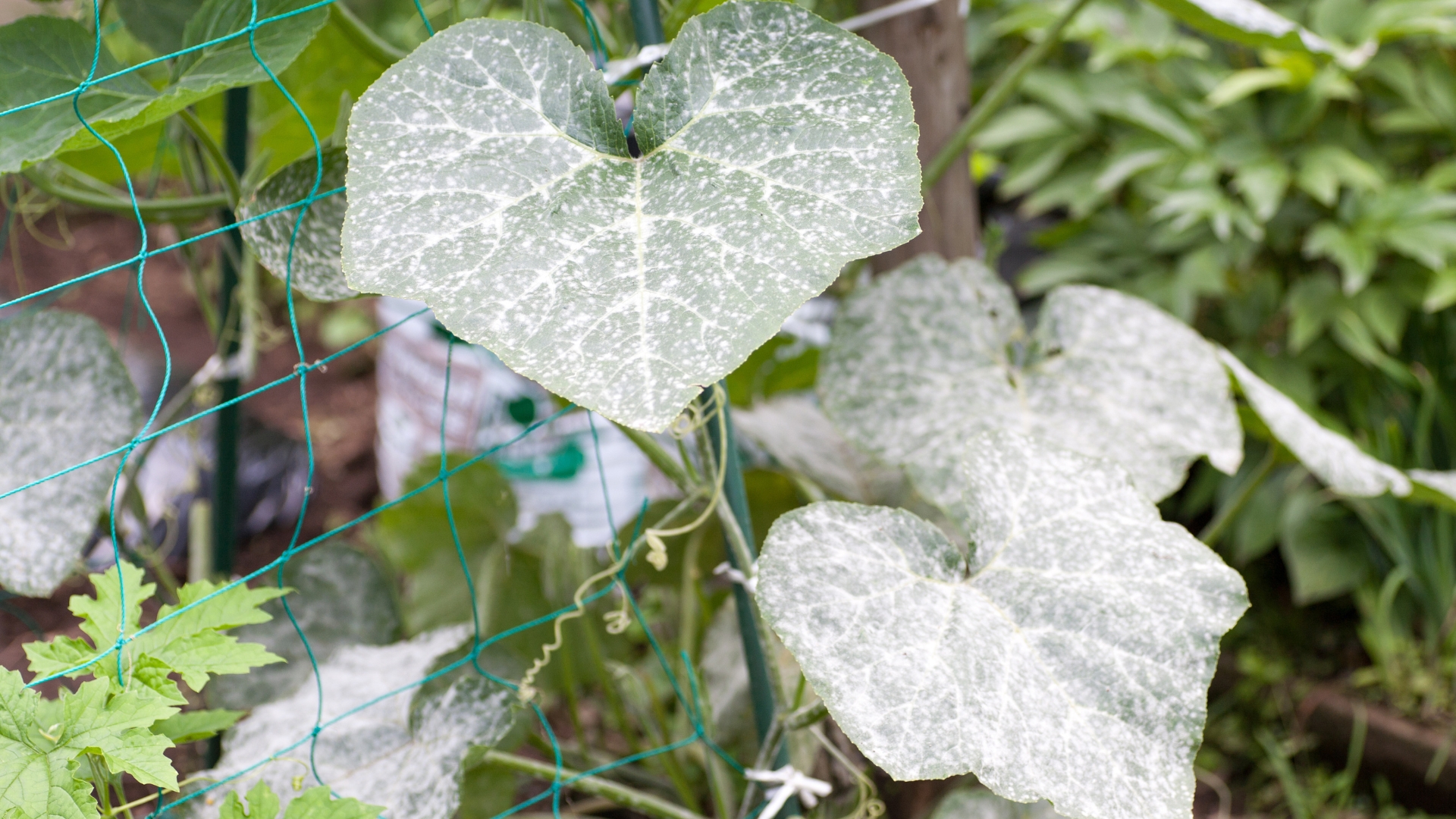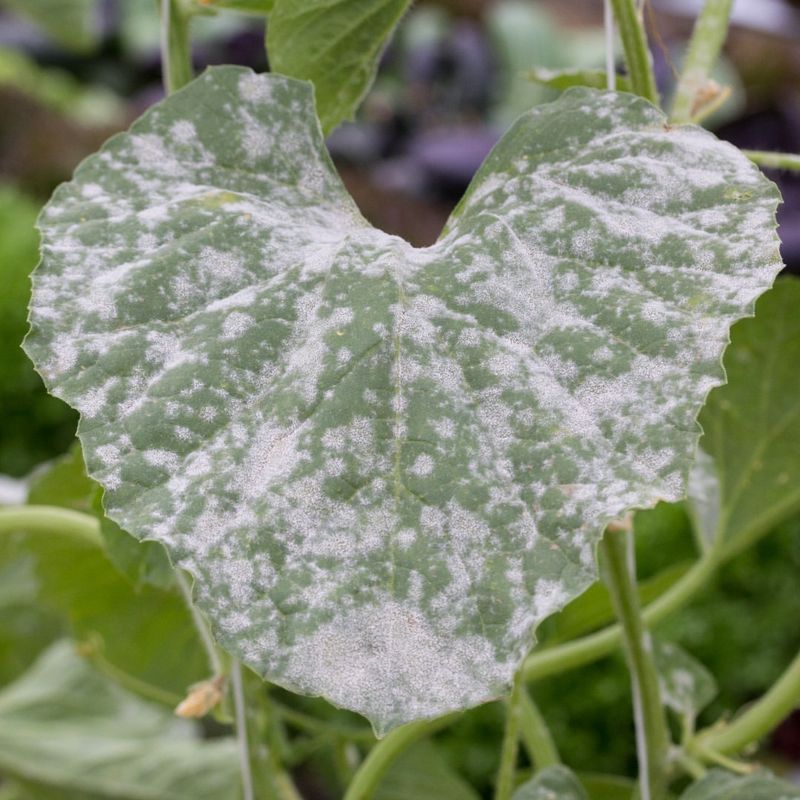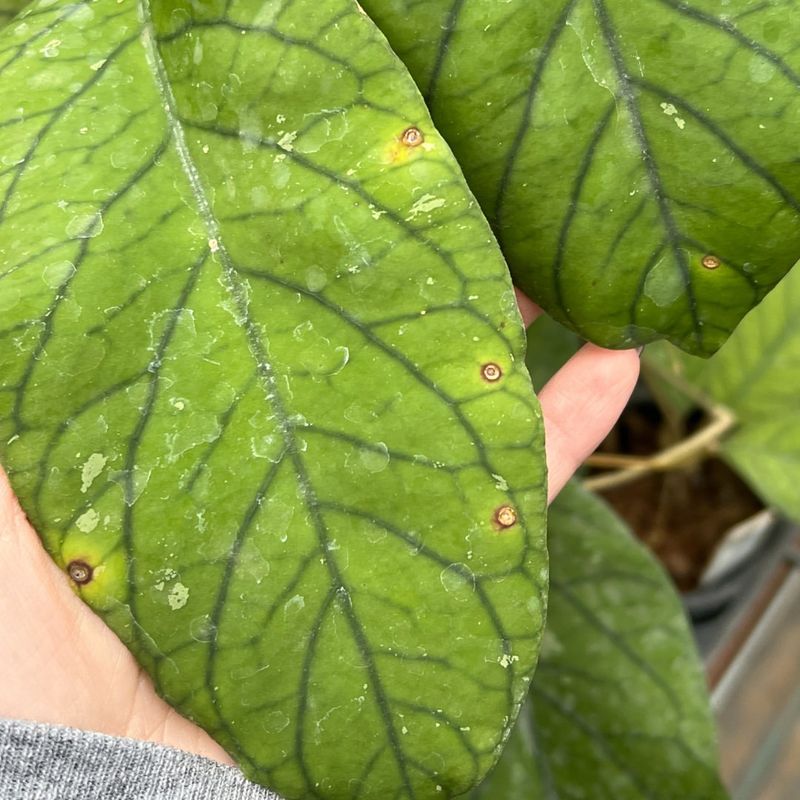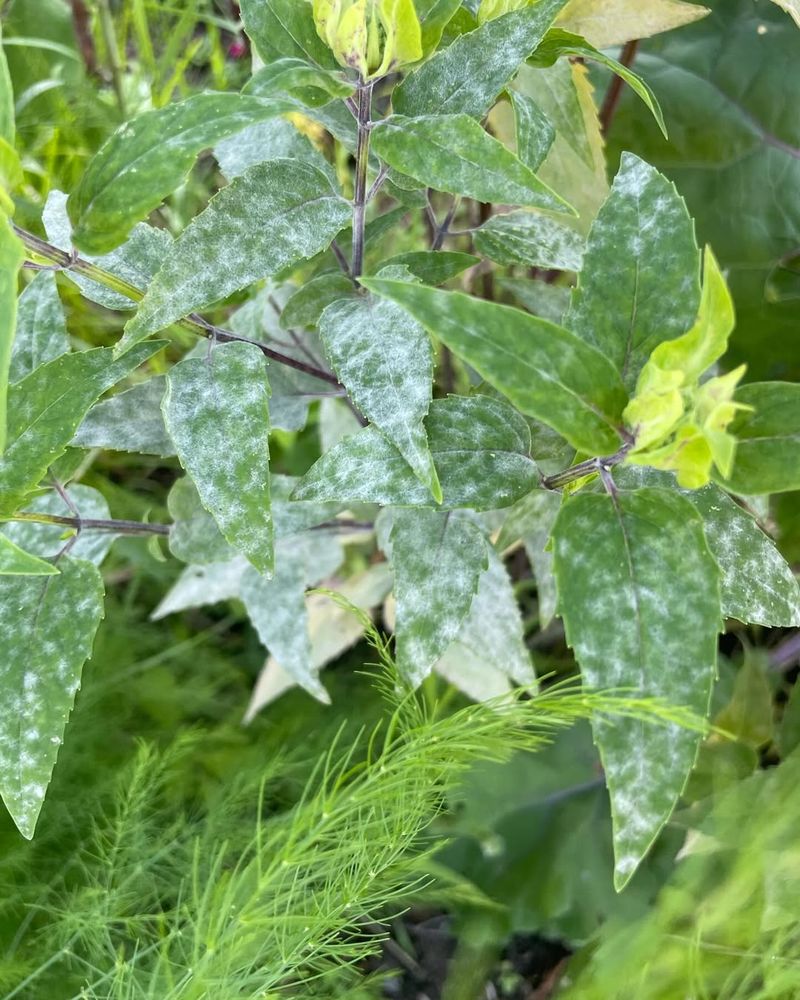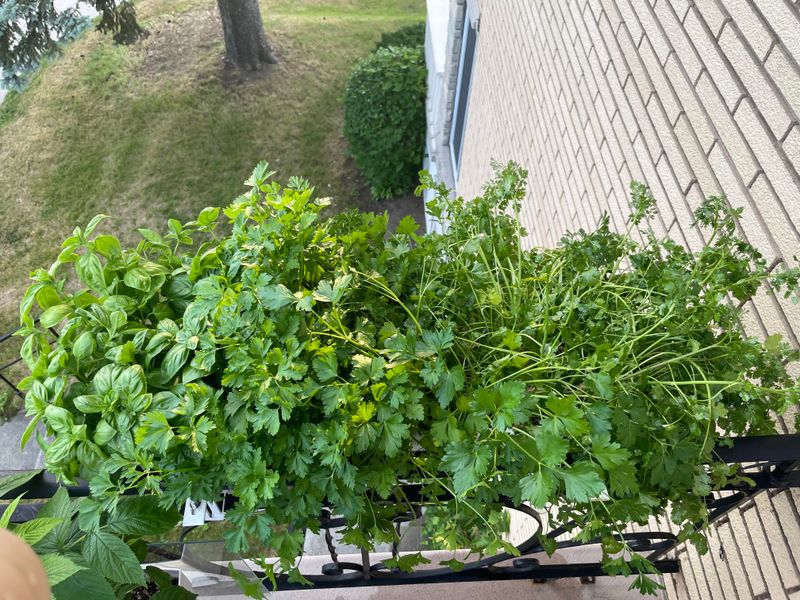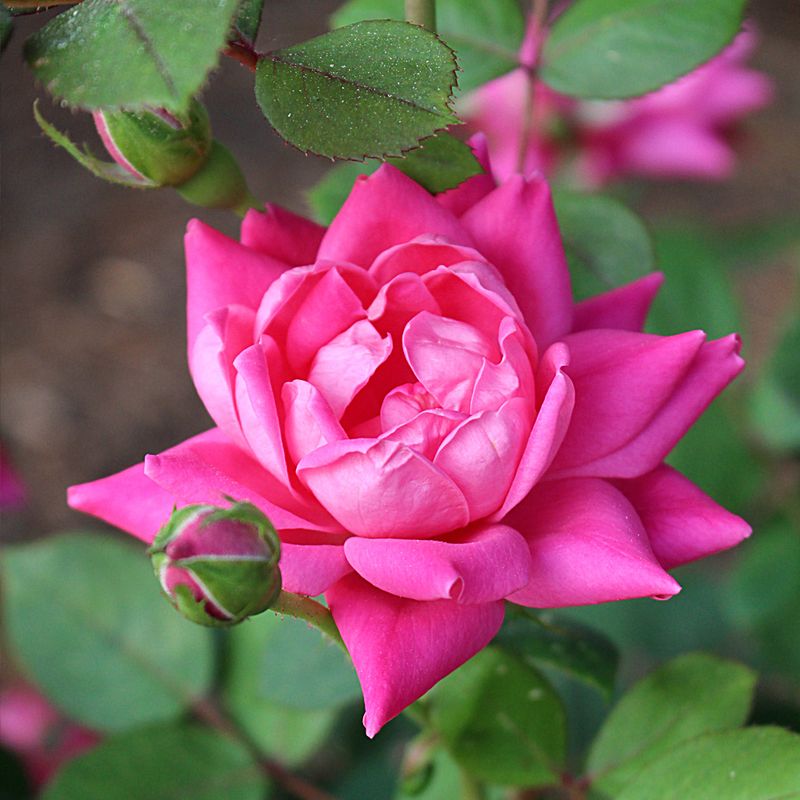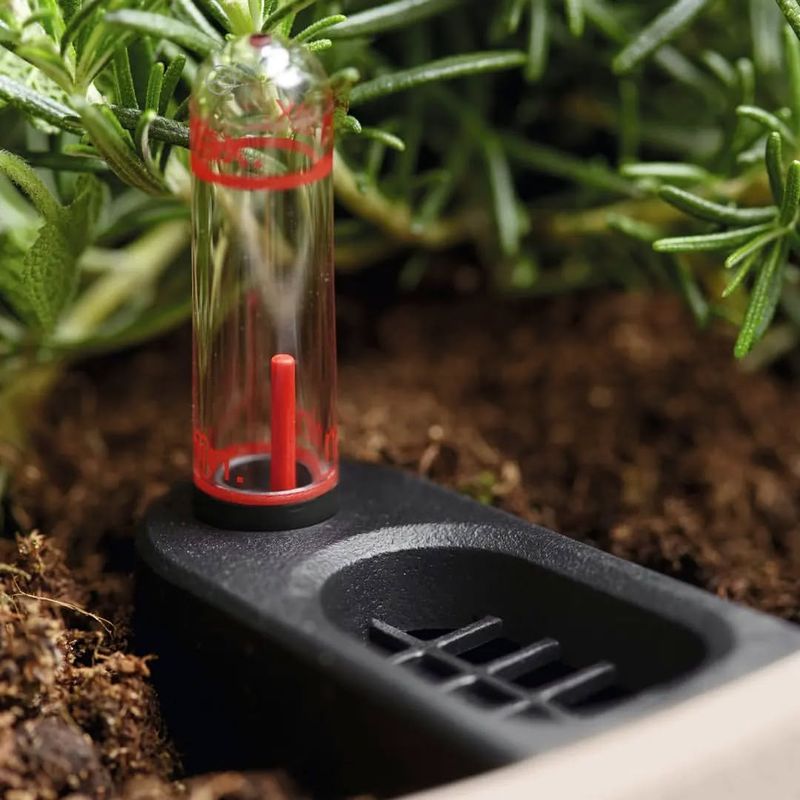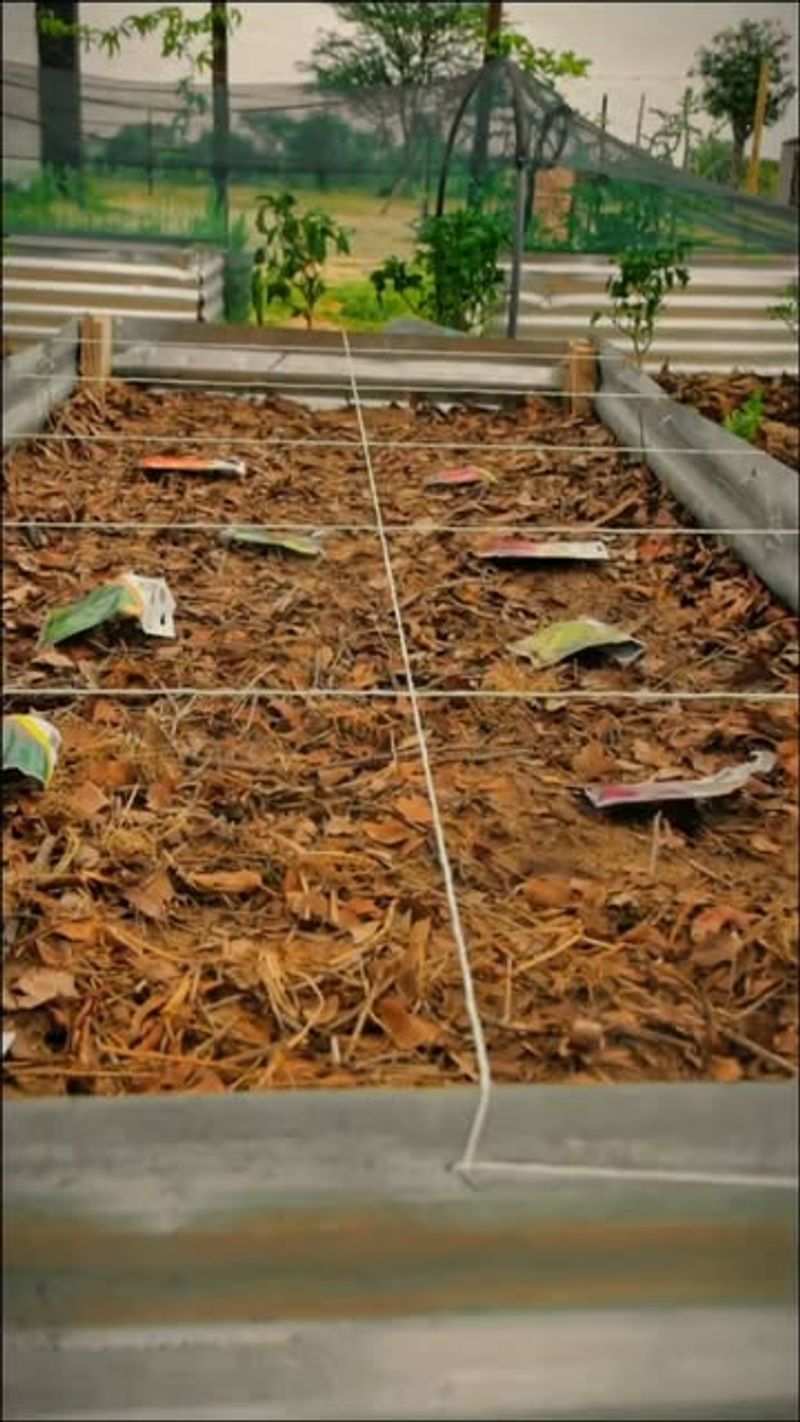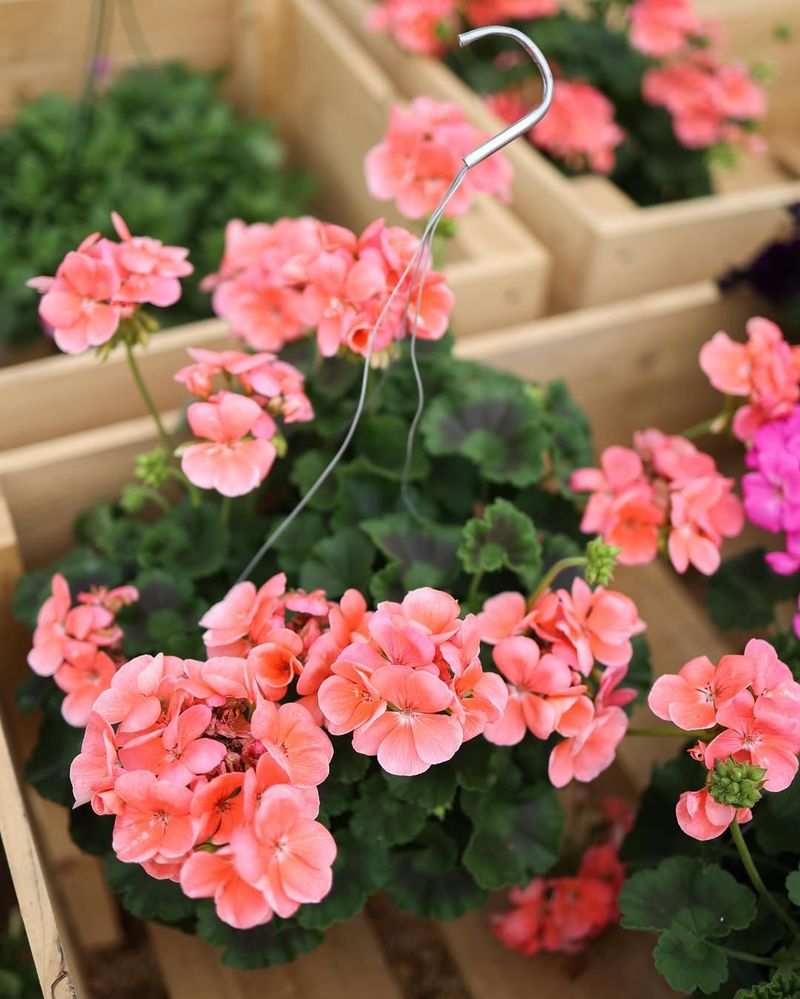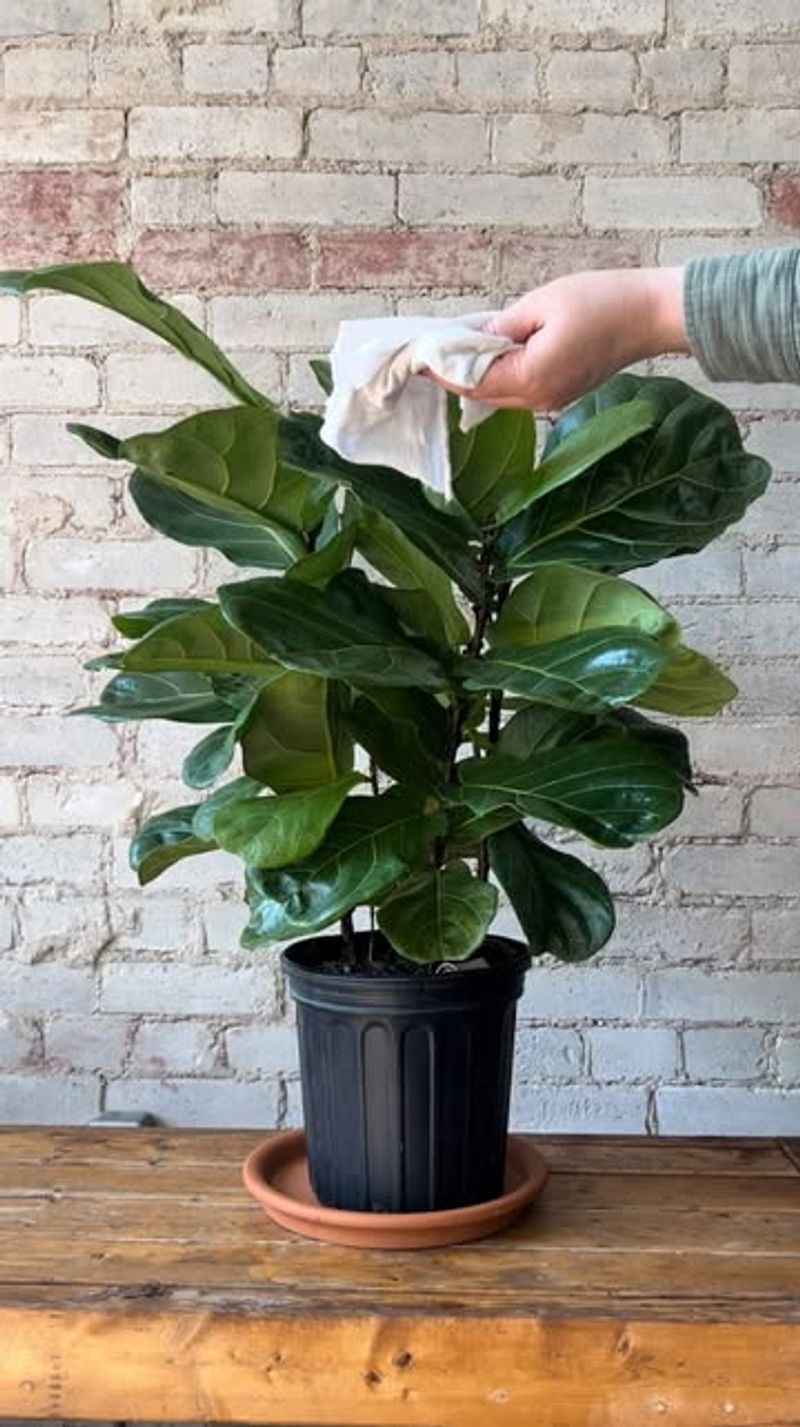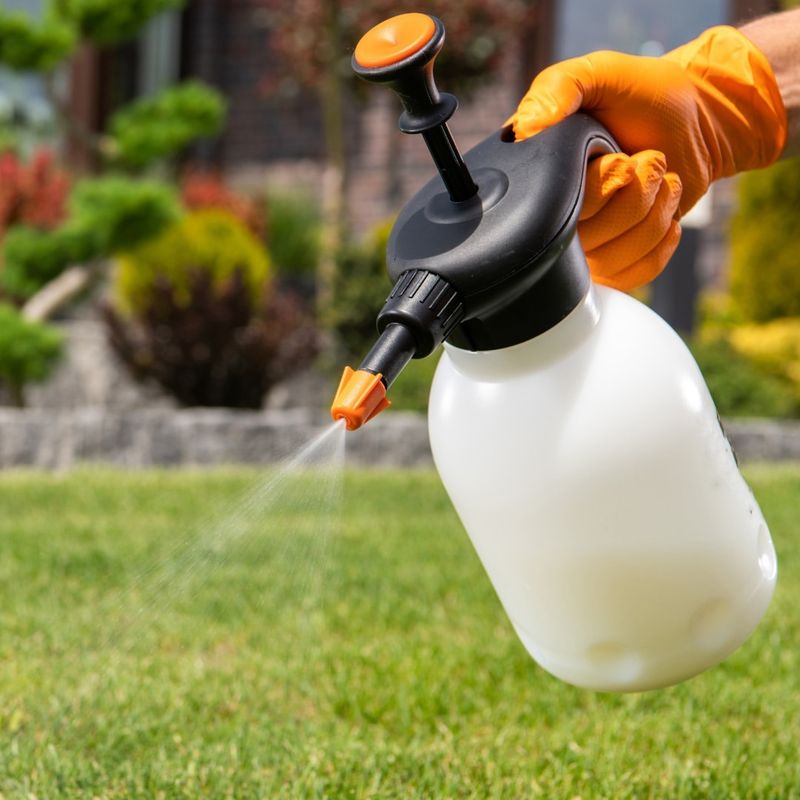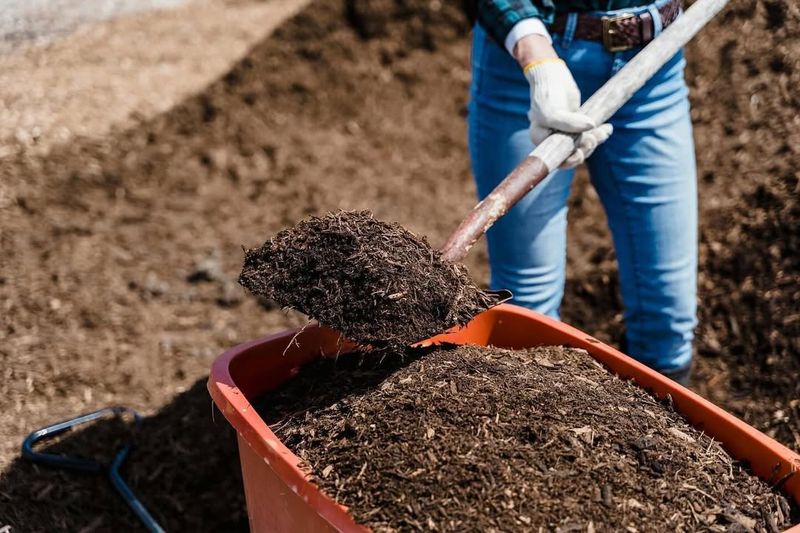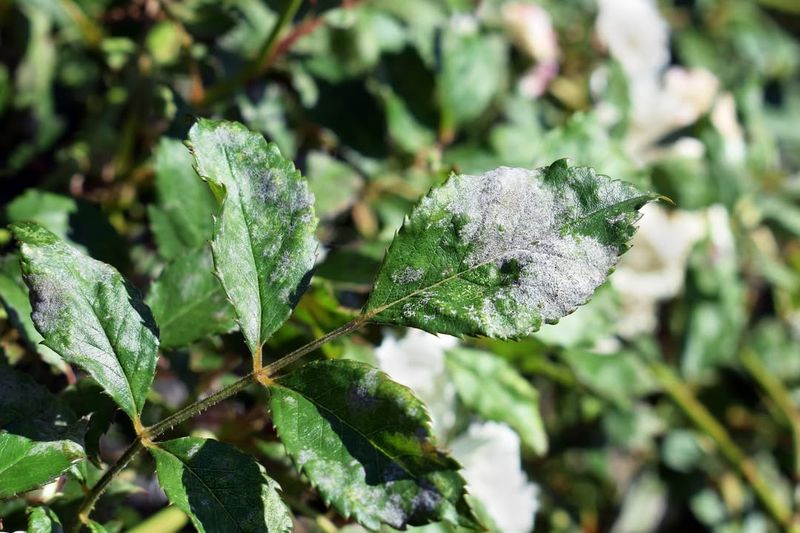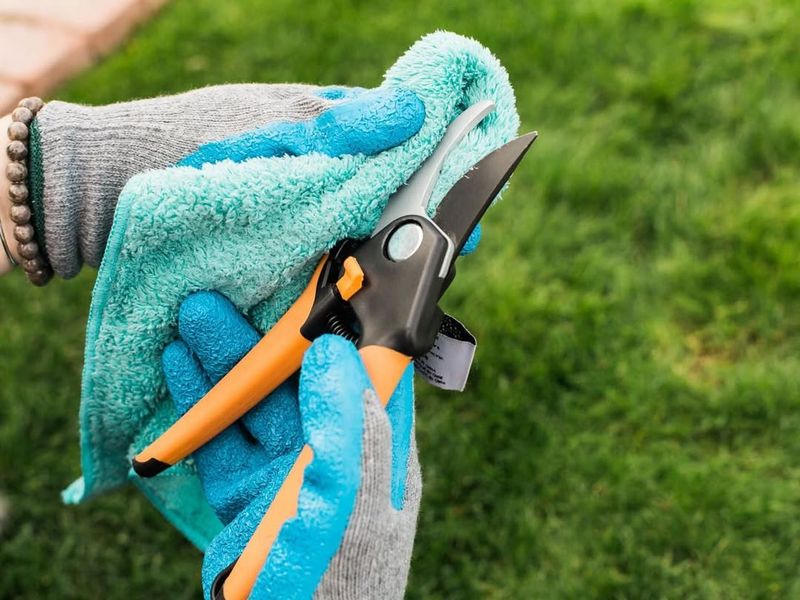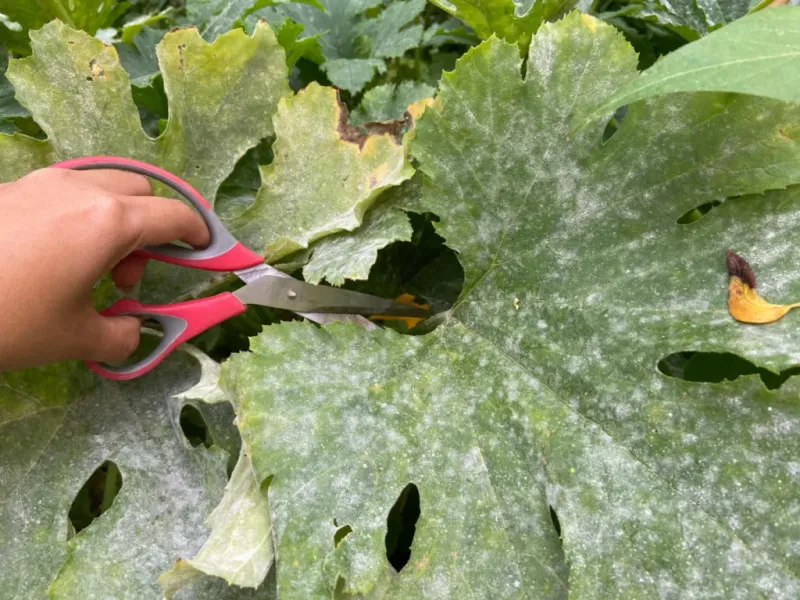Gardening brings beauty and peace—until powdery mildew shows up uninvited. This common fungal disease, with its telltale white coating on leaves, can quickly sap the vitality from your plants and undo months of hard work. But with the right knowledge, you can stop it before it takes hold.
By understanding the conditions that mildew thrives in, spotting early warning signs, and choosing effective prevention and treatment strategies, you can protect your garden and help it thrive. Let’s dig into the tools and tactics every gardener needs to keep this persistent problem at bay.
1. What Is Powdery Mildew?
This insidious garden villain cloaks plants in a white, powdery coating. Powdery mildew is a common fungal disease affecting a wide range of plants, weakening them by hindering photosynthesis.
Gardeners dread this intruder because it spreads rapidly, and if left unchecked, it can reduce plant vigor and yield. Unlike some other fungi, it thrives in warm, dry conditions, making it a frequent adversary in temperate climates.
Managing humidity and ensuring proper plant spacing can deter its spread. A vigilant gardener is the first line of defense—recognize and act promptly when you see its chalky signature.
2. Early Signs And Symptoms To Watch For
White spots on leaves usually signal an impending mildew apocalypse. Initially, you might notice small, white patches on the upper leaf surfaces.
As the disease progresses, these patches grow larger and can spread to stems and buds. It’s sneaky, often starting with new growth or shaded areas. Leaves might curl and yellow, showing stress from the disease.
Regular plant inspections are crucial—catching symptoms early can prevent a widespread outbreak. The garden’s defense strategy includes keen observation and swift action.
3. How Powdery Mildew Spreads In The Garden
Think of powdery mildew as the ultimate garden hitchhiker. This fungal foe spreads through spores carried by wind, insects, and even your gardening tools.
Spores land on plants and quickly proliferate, especially in humid environments. Crowded plantings encourage its spread by limiting airflow.
That’s why thinning your plants is a crucial tactic in the battle against mildew. Use clean tools and avoid overhead watering to reduce transmission. A tidy garden is more resistant to this uninvited guest.
4. Environmental Conditions That Encourage Mildew
Picture this: a warm, humid day with still air. Such conditions are a playground for powdery mildew. This fungus flourishes in moderate temperatures, particularly when days are warm but nights are cool.
Overcrowded plants exacerbate the issue by trapping moisture and limiting airflow. Shady spots can also harbor mildew, making sunny locations preferable.
A well-ventilated, sunlight-drenched garden is less susceptible to mildew. If you notice these conditions, take action to alter the environment or adjust your planting strategy to counteract the fungal threat.
5. Susceptible Plants And High-Risk Areas
Some plants are like mildew magnets, attracting the fungus with ease. Roses, cucumbers, squash, and grapes are notably susceptible. High-risk areas include shady, damp spots where air circulation is poor.
Understanding which plants and areas are vulnerable helps in taking preemptive measures. Rotate crops and choose resistant varieties to minimize risk.
Keep your garden diverse to avoid a widespread mildew attack. Strategic planning in planting and site choice can significantly reduce the chances of a mildew outbreak.
6. Best Cultural Practices To Prevent Powdery Mildew
Good habits can be your garden’s best defense against mildew. Regular pruning and ensuring proper plant spacing enhance airflow, reducing mildew chances.
Watering at the soil level rather than overhead helps keep leaves dry. Mulching can prevent splashes that spread spores. Rotate crops to prevent the fungus from overwintering in the soil.
Encourage healthy plants by nourishing them with balanced fertilizers. Your garden will thrive when cultural practices are aligned to fend off this persistent foe.
7. Importance Of Proper Air Circulation
Stagnant air is a mildew’s best friend. Promoting good airflow around plants can significantly reduce the risk of powdery mildew.
Space plants appropriately and consider pruning for increased light penetration and air movement. Wind can disperse spores, but it also helps dry out damp foliage.
Ventilation within greenhouses is crucial—use fans or open windows to improve air exchange. Fresh breezes can be the unsung hero in your garden. By creating a breezy environment, you put mildew on the defensive.
8. Watering Techniques To Avoid Outbreaks
Watering wisely is crucial in the mildew battle. Aim for the soil, not the leaves, to keep foliage dry. Early morning is the best time to water, allowing moisture to evaporate as the day warms. Overwatering creates humid conditions, so ensure proper drainage.
Drip irrigation systems can be a worthwhile investment. Avoid splashing water, which spreads spores from one plant to another. Smart watering habits not only conserve water but also help maintain a mildew-free garden.
9. Choosing Resistant Plant Varieties
Sometimes, prevention is as simple as picking the right plant. Resistant varieties have been bred to withstand powdery mildew’s advances.
Choosing these varieties can save you time and effort in managing the disease. Look for plant labels that indicate resistance (for instance, PM on the packaging) or consult with local nurseries.
Plant breeders are continually developing hardy options for gardeners. Integrating resistant varieties into your garden strategy is a proactive step. It’s like giving your garden a natural armor against this fungicidal foe.
10. Natural Remedies And Organic Treatments
Mother Nature offers a bounty of solutions for powdery mildew. Neem oil, baking soda, and milk sprays are popular organic treatments. These solutions can be applied regularly to suppress fungal growth.
They’re not only gentle on plants but also environmentally friendly. Always test on a small area first to ensure plant tolerance. Consistent application is key to effectiveness. Embrace these natural remedies to keep your garden healthy and chemical-free.
11. Chemical Options And When To Use Them
When nature’s defenses fall short, chemicals may be needed. Fungicides containing sulfur or potassium bicarbonate can combat stubborn mildew. Use them as a last resort, following label instructions carefully. Protect yourself with gloves and masks during application.
Timing is crucial—apply during dry conditions to enhance effectiveness. Consider spot treatments to minimize chemical exposure. Balancing natural and chemical methods ensures your garden’s health without compromising safety.
12. Seasonal Prevention Tips For Long-Term Success
Adapting your strategy to the seasons can fortify your garden against mildew. In spring, focus on planting resistant varieties and spacing them well. Summer requires vigilance in watering and pruning.
Fall is the time to apply mulch and clean up plant debris to prevent overwintering spores. Winter calls for tool sanitation and planning new layouts.
Each season demands different tasks for comprehensive mildew prevention. A year-round approach ensures your garden’s vitality and resilience.
13. How To Handle Infected Plants
Facing mildew on plants requires a strategic response. Isolate infected plants to prevent spread, and prune affected areas carefully. Use clean, sharp tools to avoid further damage. Treat with organic or chemical solutions depending on severity.
Monitor treated plants for recovery or signs of new infections. Dispose of infected material away from healthy plants. A well-executed plan can save your garden from a mildew disaster.
14. Preventing Reinfestation After An Outbreak
Once the storm has passed, vigilance is still necessary. After treating mildew, rotate crops to disrupt the life cycle. Clean your gardening tools and sanitize pots to remove lingering spores. Keep up with best practices in watering and air circulation.
Regularly inspect plants for signs of reinfestation. Consistent garden hygiene is crucial in breaking the mildew cycle. Prevention doesn’t end with treatment; it requires ongoing attention and care.
15. Maintaining Garden Hygiene To Stop The Cycle
A clean garden is a healthy garden. Regularly remove plant debris and weeds that can harbor mildew. Clean your tools after each use to prevent spore transmission. Implementing a routine for garden hygiene can significantly reduce mildew occurrences.
Proper disposal of infected plants and materials is essential (throwing them in the trash instead of composting). Sanitation isn’t just about aesthetics; it’s a powerful preventive tool. By maintaining cleanliness, you create an environment hostile to mildew.

